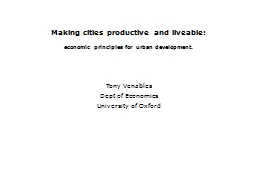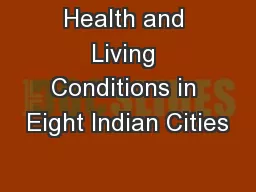PDF-TheHealthy Cities HC projectsseek to apply Health for Allprinc
Author : beatrice | Published Date : 2022-10-13
The Origin of the Health for All PrinciplesIn the seventies of the 20th Century the political and economic conditions of theternational community were difficult
Presentation Embed Code
Download Presentation
Download Presentation The PPT/PDF document "TheHealthy Cities HC projectsseek to app..." is the property of its rightful owner. Permission is granted to download and print the materials on this website for personal, non-commercial use only, and to display it on your personal computer provided you do not modify the materials and that you retain all copyright notices contained in the materials. By downloading content from our website, you accept the terms of this agreement.
TheHealthy Cities HC projectsseek to apply Health for Allprinc: Transcript
Download Rules Of Document
"TheHealthy Cities HC projectsseek to apply Health for Allprinc"The content belongs to its owner. You may download and print it for personal use, without modification, and keep all copyright notices. By downloading, you agree to these terms.
Related Documents














